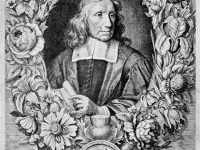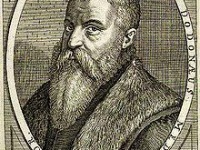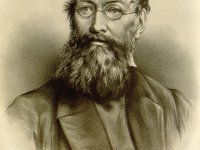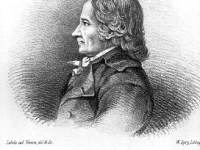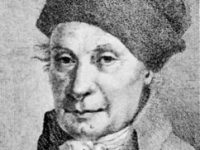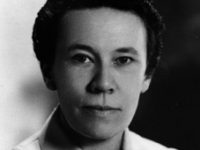John Ray and the Classification of Plants
On November 29, 1627, English naturalist John Ray was born. He published important works on botany, zoology, and natural theology. His classification of plants in his Historia Plantarum, was an important step towards modern taxonomy. He advanced scientific empiricism against the deductive rationalism of the scholastics and was the first to give a biological definition of the term species. “I cannot but look upon the strange Instinct of this noisome and troublesome…
Read more



